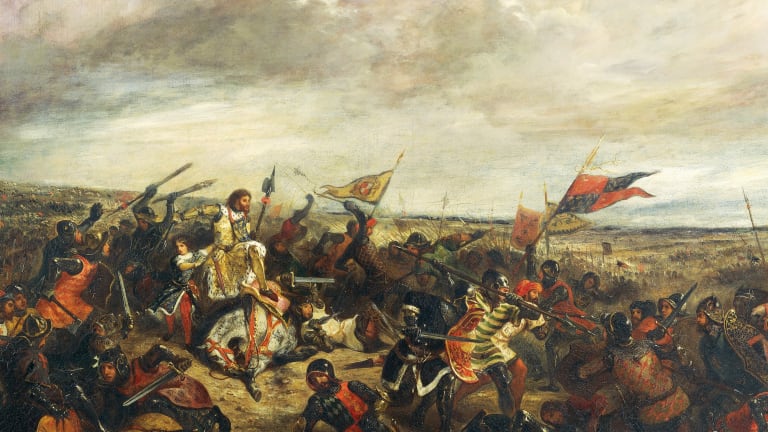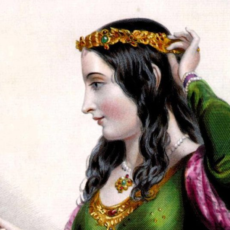Welcome to Olivia’s Medieval Blog!
The Middle Ages or Medieval period in the history of Europe lasted from the 5th to the 15th century, beginning with the fall of the Western Roman Empire and ending with the start of the Renaissance era. The medieval period might be divided into the Early, High, and Late Middle Ages. The Early Middle Ages period is characterized by population decline, counterurbanisation, invasions, decentralization, and migrations of tribes. The Carolingian dynasty of the Franks briefly established the Carolingian Empire during the later 8th and early 9th centuries.
The High Middle Ages commenced after 1000. The population grew thanks to technological and agricultural innovations, as well as the warm climate change. Peasants organized into villages, owing rent and labor services to their lords. Feudalism thrived: nobles of all ranks and knights paid acts of homage to their monarch (overlord) and owed military service to their overlords in return for the right to use their lands. It was also a time when several Crusades happened as the Christians tried to regain control of the Holy Land from the Muslims.
The Late Middle Ages period was darker. Disastrous events such as famines, plague, and wars beset Western Europe like a lethal shroud. Between 1347 and 1350, the pandemic of Black Death killed about a third of the European population. The Hundred Years’ War between England and France for the French throne after the end of the direct Capetian French dynasty resulted in the sufferings of the French people. In England, the Wars of the Roses were a series of civil conflicts for the throne between the Houses of York and Lancaster.
During all these periods, the Roman Catholic Church dominated the societies in all countries. In the absence of the Roman Empire, Europe lacked a large kingdom or other political structure as a single centralizing force, especially in the Early Middle Ages. Therefore, the Catholic Church became the most powerful force in Europe. The rise of a strong Papacy meant that various rulers depended upon the Vatican and drew much of their authority and power from their relationship with the Church. Humanists and artists in the Renaissance era would later claim the clergy repressed intellectual progress in favor of religious piety. Yet, there were still cultural and technological developments, which were gradually transforming countries into more modern societies.






















